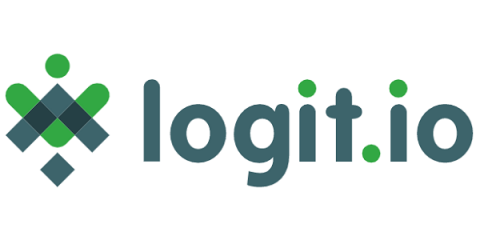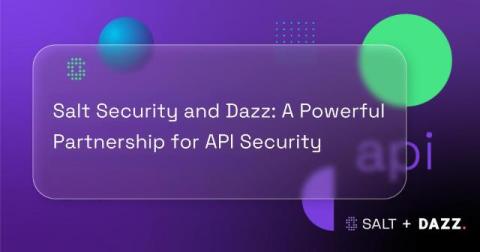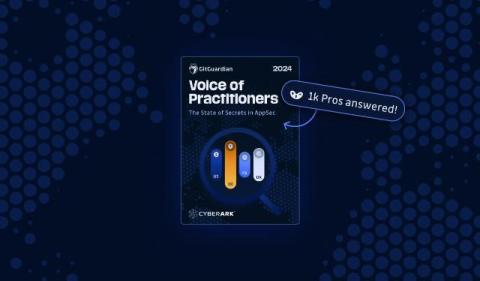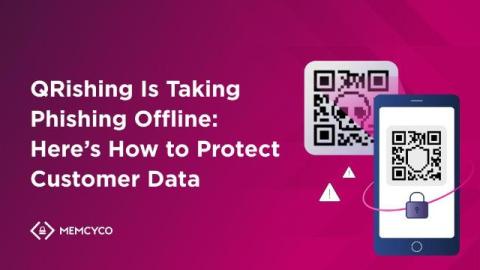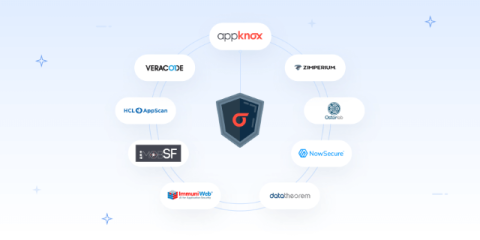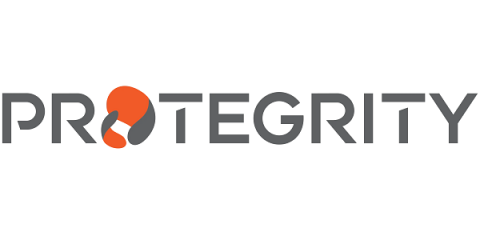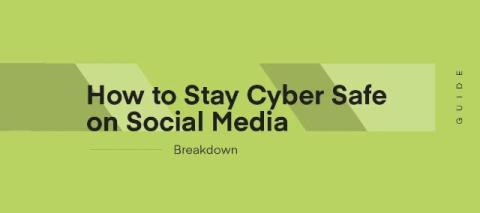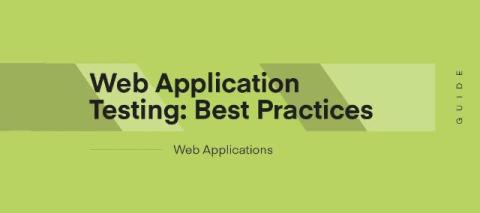OpenSearch Security: An Overview
When utilizing a new tool or solution to manage and monitor your data, it’s paramount that you can guarantee that the service you’re using is secure and that it protects your valuable data. With OpenSearch, you can rest assured that you’re using one of the most secure and robust solutions available. The solution emerged for numerous reasons, with one of the main factors being discontent among users surrounding privacy.


